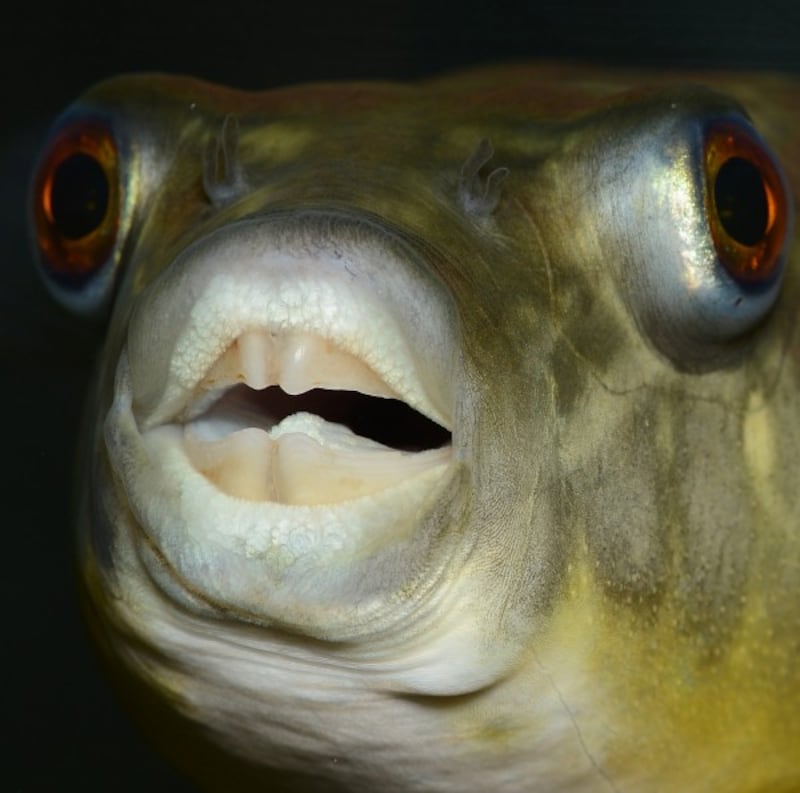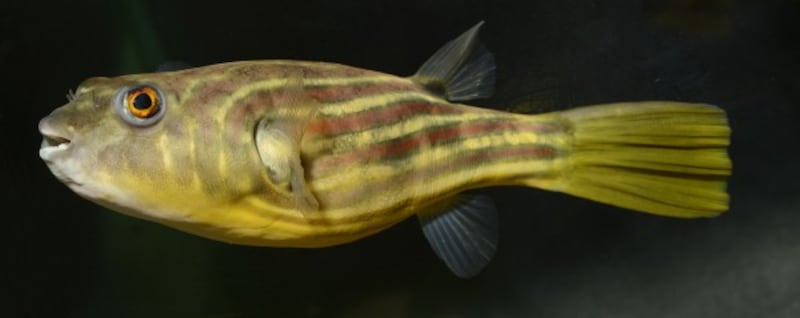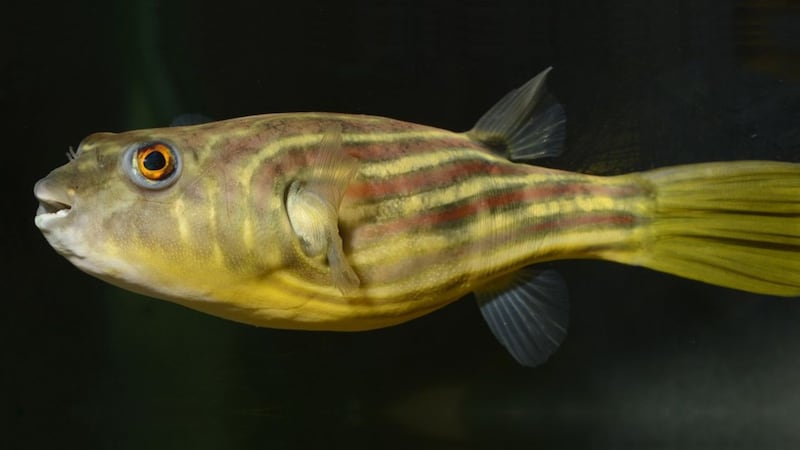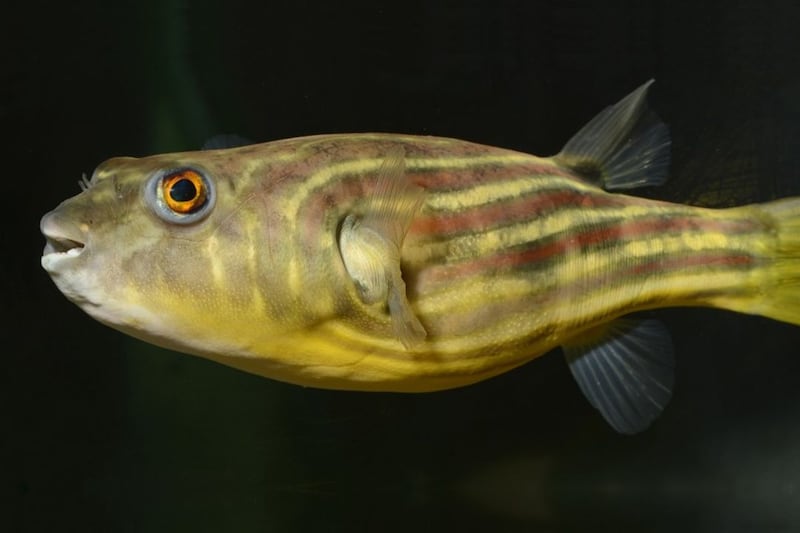Human teeth evolved from the same genes that make the teeth of pufferfish, new study suggests.
Researchers from the University of Sheffield have found that these primarily marine species, also known as blowfish, have “a remarkably similar tooth-making programme to other vertebrates, including humans”.
Analysing the teeth of Tetraodon lineatus (fahaka pufferfish), the scientists found that they use the same stem cells for tooth regeneration as humans do.
But unlike humans and other bony fish, the pufferish teeth fuse together to form bands, giving their face a unique shape.

Their “beaks” are made up of four elongated “tooth bands” that constantly regenerate, allowing them to crush hard prey.
“Our study questioned how pufferfish make a beak and now we’ve discovered the stem cells responsible and the genes that govern this process of continuous regeneration,” lead author Dr Gareth Fraser said.
“These are also involved in general vertebrate tooth regeneration, including in humans.”

Dr Fraser hopes that his team’s research could, in the future, provide answers on how humans can solve the problem of permanent tooth loss.
“The fact that all vertebrates regenerate their teeth in the same way with a set of conserved stem cells means that we can use these studies in more obscure fishes to provide clues to how we can address questions of tooth loss in humans,” he said.
The study is published in the journal Proceedings of the National Academy of Sciences.



